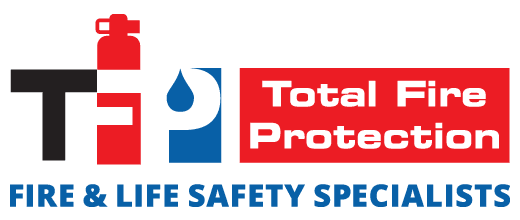In today’s world, ensuring the safety of buildings from fire hazards is more critical than ever. Modern flameproofing techniques protect lives and properties, especially in commercial and public buildings. This article aims to enlighten business owners about the various flame-proofing methods, materials used, and regulatory requirements set by the National Fire Protection Association (NFPA).
Understanding the Importance of Flameproofing
Flameproofing involves treating materials to resist ignition and prevent fire spread. This process is essential in reducing the risk of fire-related incidents and ensuring that buildings are safe for occupants. From theaters and auditoriums to hotels and hospitals, flameproofing is a regulatory requirement that cannot be overlooked.Items that Must be Flameproofed
 The NFPA mandates that various items in commercial and public buildings must be flameproofed to ensure safety and compliance. These include draperies on stage for theaters or public assemblies, which must be flameproofed to prevent fires during performances and public gatherings. Similarly, all draperies in high-traffic areas such as auditoriums, museums, restaurants, bars/nightclubs, hotels/motels, hospitals, and schools require stringent flameproofing to protect many people. Additionally, all scenery elements such as soft and hard flats, braces, ramps, stairs, and decking must be flame-resistant to help contain potential fires. Window draperies and upholstery must also be flameproofed to prevent the spread of fire from one area to another.
The NFPA mandates that various items in commercial and public buildings must be flameproofed to ensure safety and compliance. These include draperies on stage for theaters or public assemblies, which must be flameproofed to prevent fires during performances and public gatherings. Similarly, all draperies in high-traffic areas such as auditoriums, museums, restaurants, bars/nightclubs, hotels/motels, hospitals, and schools require stringent flameproofing to protect many people. Additionally, all scenery elements such as soft and hard flats, braces, ramps, stairs, and decking must be flame-resistant to help contain potential fires. Window draperies and upholstery must also be flameproofed to prevent the spread of fire from one area to another.
Decorative elements and displays must be treated to reduce fire risks, especially in public spaces. Both natural fiber fabrics and synthetic fabrics, including linens, must be treated to resist ignition and flame spread. Materials such as cardboard and gray boards, commonly used in displays and temporary structures, require proper treatment to enhance fire safety. Ensuring these materials are flameproofed is essential for maintaining a safe environment in commercial and public buildings.
Treating Materials to Become Flameproof
 Various materials are treated to become flameproof, enhancing their safety and usability in different settings. Naturally flame-resistant wool is often treated for added protection, while hemp, a sustainable and durable option, is treated to meet fire safety standards. Silk maintains its luxurious feel even after treatment for fire resistance. Natural latex, used in various applications, offers enhanced safety when treated. Widely used fabrics like cotton and linen require treatment to resist flames, making them safe for public spaces. When treated, synthetic fabrics such as acrylic and polyester provide high levels of flame resistance. Additionally, Fire Retardant Treated Wood (FRTW) is chemically treated to resist fire, making it essential for structural elements in buildings, adding a crucial layer of safety.
Various materials are treated to become flameproof, enhancing their safety and usability in different settings. Naturally flame-resistant wool is often treated for added protection, while hemp, a sustainable and durable option, is treated to meet fire safety standards. Silk maintains its luxurious feel even after treatment for fire resistance. Natural latex, used in various applications, offers enhanced safety when treated. Widely used fabrics like cotton and linen require treatment to resist flames, making them safe for public spaces. When treated, synthetic fabrics such as acrylic and polyester provide high levels of flame resistance. Additionally, Fire Retardant Treated Wood (FRTW) is chemically treated to resist fire, making it essential for structural elements in buildings, adding a crucial layer of safety. Fire-Resistant Materials and Coatings
Fire-resistant glass, used in windows and doors, is essential for preventing the spread of flames and smoke, making it a critical component in flameproofing modern buildings. Additionally, various substances coat materials and enhance their fire resistance. Chlorinated (CFRs) and Brominated Flame Retardants (BFRs) are effective but often scrutinized for environmental impact. Phosphorus Flame Retardants (PFRs) are widely used due to their efficacy and lower environmental footprint. Nitrogen-based Flame Retardants (NFRs) balance safety and environmental friendliness.




